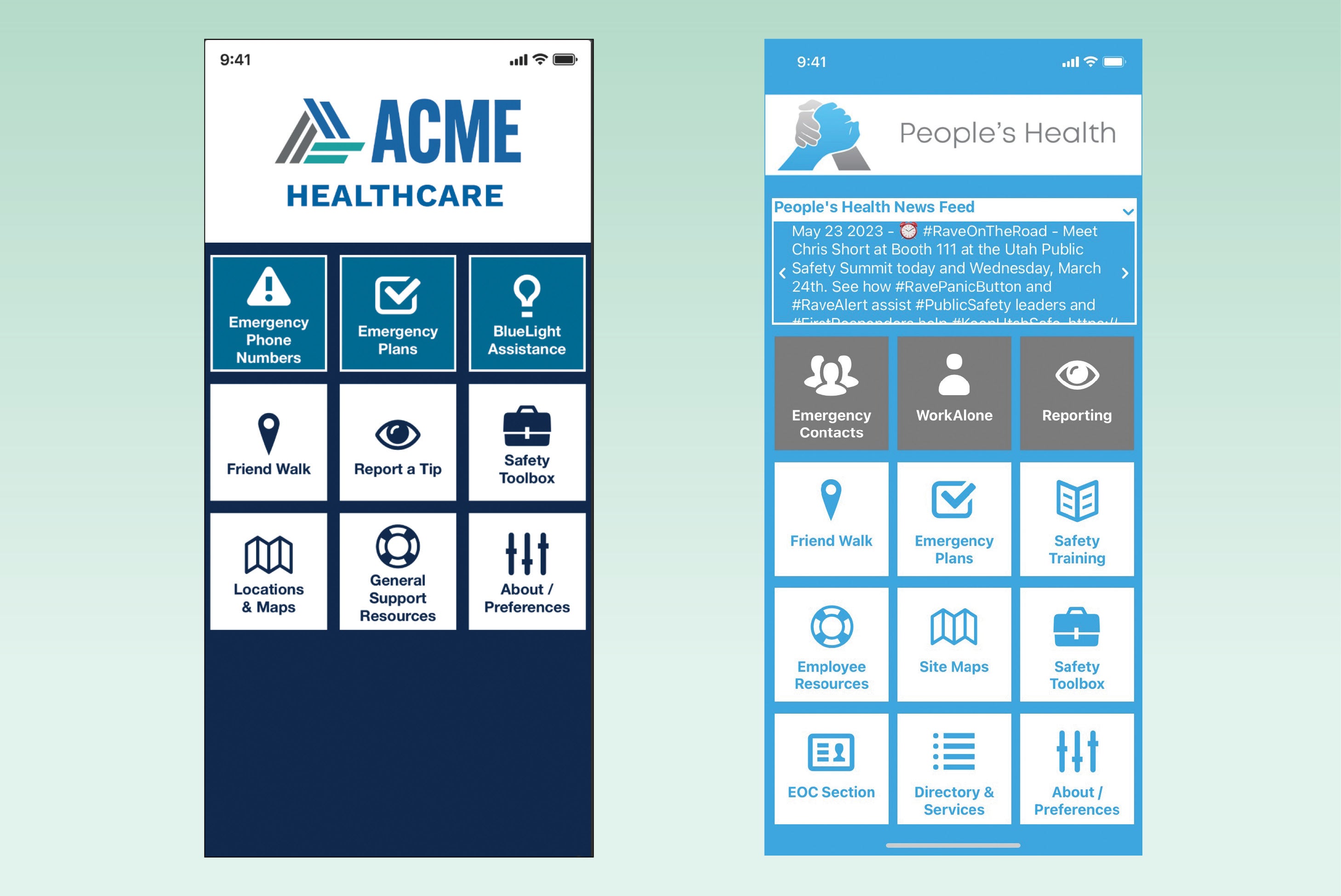Hospital bolsters incident response

The AppArmor platform offers mass communication solutions for emergency alerts and response.
Image courtesy of Motorola solutions
Mayo Clinic in Rochester, Minn., is one of the world’s top hospitals, known for its first-class care, research and innovation. The nonprofit academic medical center consistently attracts exceptional talent, generates important new therapies and provides consistently positive outcomes for patients.
Dan Nash and the emergency management team at Mayo Clinic use a streamlined workflow to ensure as little disruption as possible at their facilities. Nash, the senior global security analyst for Mayo Clinic, is responsible for safeguarding the seven regions of the health care institution in the U.S.
Over the years, Nash has learned that manual processes for companywide notification and incident command response are time-consuming and require significant efforts. Staying current with training and compliance report configurations was equally frustrating. But the subpar level of vendor service ultimately drove Nash and the team to identify a solution for improving operational efficiencies in three critical areas: enhanced notifications, compliance and reporting.
Nash found what he was looking for in an easy-to-use platform called AppArmor by Rave Mobile Safety, a Motorola Solutions company based in Framingham, Mass. The technology offers alerting, task management, incident reporting, anonymous tipping and the WorkAlone mobile safety app. Nash also worked with the development team to add more features.
Nash wanted a digital solution with common alerting protocol capabilities — one that could integrate with other systems so that hospital alerts could be sent to the larger community. He also was adamant about securing a cloud-based tool in case Mayo Clinic’s alerting solution went offline.
Nash tapped into the inherent critical communications and collaboration functions offered by the solution and then worked with the development team to add features that specifically serve Mayo Clinic. Today, his team can send alerts to 587 centers and 85,000 employees in just a few clicks. If necessary, security staff can target messages to a facility or department and lock down users, permissions and configurations. It has also established an application programming interface feed to populate fields, saving considerable time and manual effort automatically.
Mayo Clinic issues alerts about severe weather, violence on-site, HAZMAT incidents and emergency staffing situations to desktop computers, work email, personal email, voicemail and via text. The team also factored in the need to get its hospital incident command system (HICS) teams together for rapid decisions and to meet HICS quorum requirements to address the incident needs appropriately.
When an incident occurs today, Nash and his team can refer to the app’s robust reporting to see when a message was sent, what it said, who received it, any updates reported, actions taken by staff and when the incident closed. They now have a visual chart showing the roles that need to be filled in real time and when tasks are complete. People can be added on the fly as needed.
The app tracks changes made by the HICS team, and the incident activity feed serves as the institution’s source of truth. Redundancies were built into the digital incident command system so that team rosters, charts, roles and contact information can easily be printed out. Prior to digitizing its incident command system, the operations team would manually update lists monthly.
Messaging from this leading health system has become more consistent, too. If Nash’s team runs into a major problem in Minnesota, where he is located, a colleague in another region can send out an alert. That level of manageability and flexibility is key, as demonstrated after a water main broke recently at Mayo Clinic’s campus in Rochester, Minn.
The digitization of its incident command and crisis communications systems has led to faster response and more informed decision-making at one of the world’s top hospitals.

